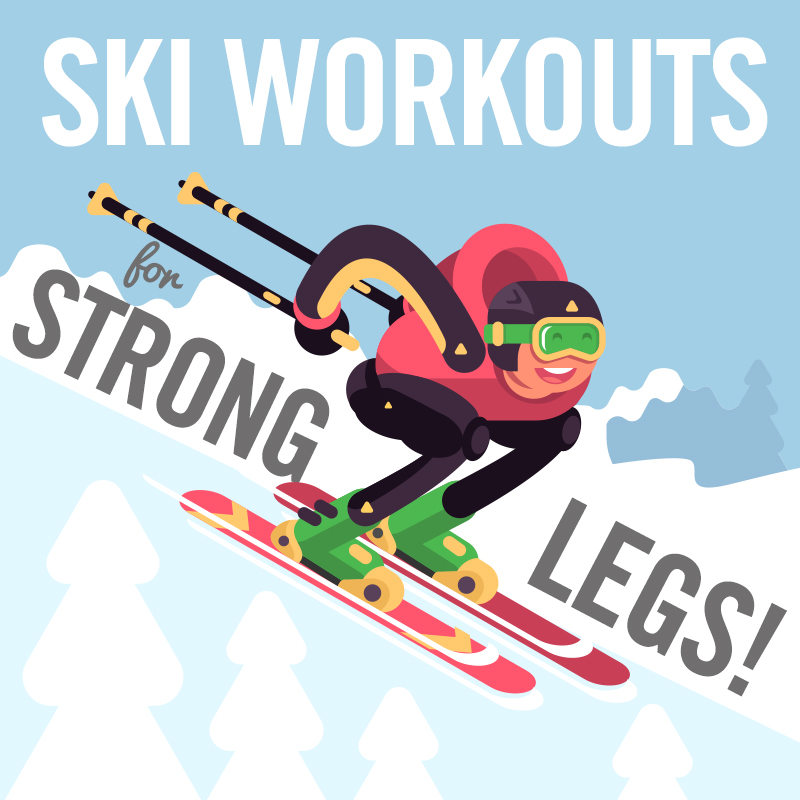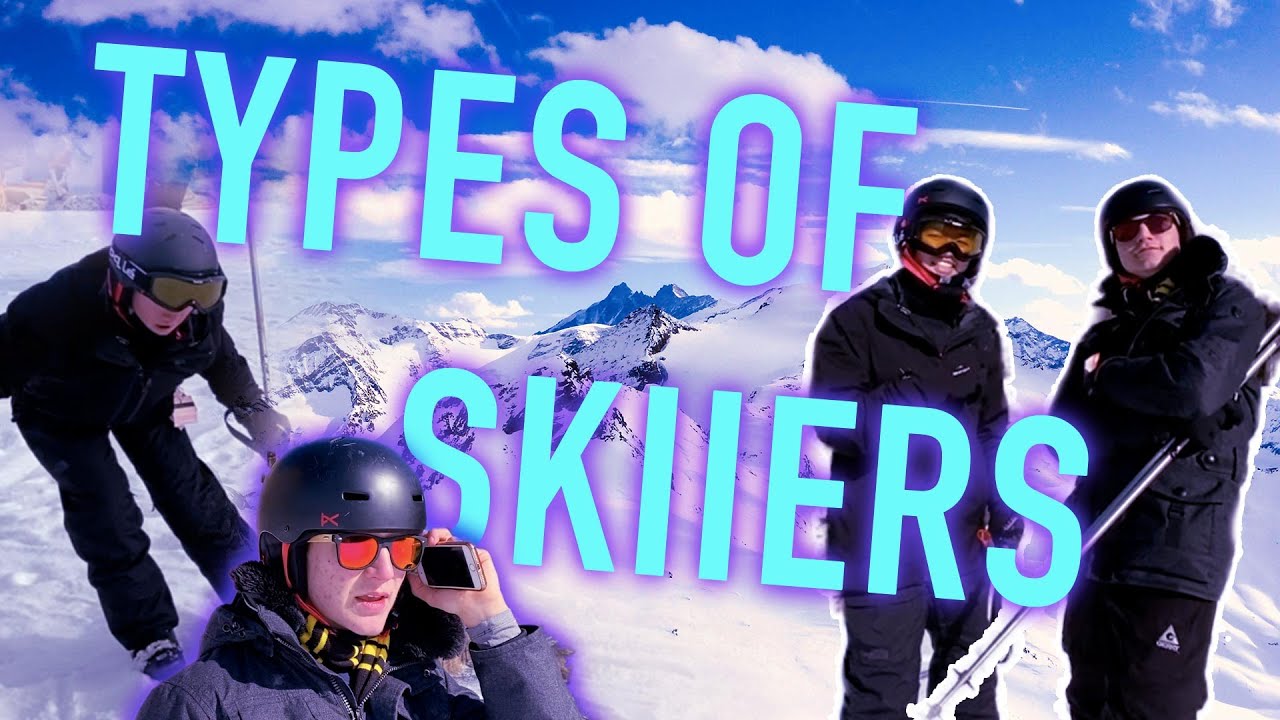
The best ski jackets for backcountry trips are the ones that prioritize breathability, stretch, comfort, and weather resistance, while remaining light and packable. We found Patagonia to be one of the best brands in this category, with a line of gear that includes everything from softshells to hardshells and parkas that are designed specifically for the backcountry.
The Best Softshells to Use in the Backcountry
Patagonia has been producing high-performance softshells for over 70 years and continues to produce some of the most popular softshells in the world. The Pluma Jacket is an excellent choice for backcountry skiers who want breathability, stretch, comfort and weight. It's made of waterproof polyester with taped seams. It's helmet-compatible. Other technical features include a removable ski skirt, YKK zippers, armpit vents, and a powder skirt.
Although it can be bulky, you can use it with your helmet. The hood has a handy, cinch-cord at the bottom. This helps seal out cold air and snow as well as wind.

Almost every Patagonia hardshell has enough features to make it suitable for backcountry use. You can also save a few hundred dollars by purchasing some non-waterproof designs, such as the PowSlayer or Triolet.
Best Winter Activities Hardshell
The Patagonia Nano Air is a great option for beginners. The jacket is waterproof and breathable, has a helmet-compatible hood, zipper pulls that are easy to use, large zippered pockets on the chest, and elastic cuffs. The height adjustability of the chin guard means that you can get the perfect fit for your head.
The Best Ski Jacket for Mens
This jacket is ideal for skiers who need a bit more protection than a fleece, but not as much as a puffy. The jacket has 80g of recycled synthetic Thermogreen insulation on the torso, and half as much in the sleeves. This gives it enough warmth to keep you warm in cold conditions. The two-layer H2No fabric can withstand water and is breathable. The taffeta lining feels soft against your skin.
Micro stitching and the sonic-welded seam construction help reduce bulk. It is still patent-pending. The hood has a helmet-compatible visor and is adjustable with the Touch Point System. Three embedded cord locks are in the hood for protection from rain and snow, while two are on the front of the hem.

If you're a beginner, this is the perfect insulated jacket for skiers. It's padded with 80 grams of recycled synthetic Thermogreen and has a soft-against-the-skin taffeta liner that wicks moisture away from your body. The H2No fabric is two-layered and provides a waterproof barrier to keep out water. The taffeta liner wicks away sweat from your skin while the pit zips release heat as things heat up. This jacket can also be connected to compatible Patagonia winter pants through a loop at the rear. Additionally, the chinguard is height-adjustable so that you can find the perfect fit.
FAQ
What is the average time it takes to fly between two countries.
The distance between the airports, as well the weather conditions, can impact the time required to fly.
It takes approximately 3 hours to fly.
The actual flight time is dependent on many factors, including the airline, aircraft type, delays at the airport, weather conditions, and the airline.
My luggage should be stored where it is safe.
There are several different options available. The most common one is to use lockers at airports. These are typically located near the security zone. They cost between $5-10 per day, depending on the locker size.
Renting a storage unit is another option. These units can be found in shopping centers and hotels. While prices can vary, there are some places that offer discounts for multiple units being rented together.
Another option is to hire porters. You can hire a porter to help you carry your bags from the carousel to the room. For each porter you hire, you pay a small amount.
What snacks can you take on a plane with you?
There are many choices of snacks that you can bring along when you travel. It is a good idea to bring along any food you love while you travel.
If you love chocolate, for example, you might want some chocolates and other treats like biscuits and crisps.
Perhaps you want something savory? You could pack some crackers or cheese.
It is also important to consider the type of beverages you'd like to bring onboard. Perhaps you like hot or cold beverages?
Be sure to pack all snacks and drinks securely.
You won't have to worry about your items getting damaged while traveling.
Do you worry about missing something while traveling?
Yes, I often forget stuff. This is more common when I go on a short trip. But luckily, I always have everything with me, so I never run out of anything.
My passport is one example. And I always check whether I have enough money when I buy tickets.
My phone charger is always with me. For other items, I carry a small bag.
Statistics
- Case in point: the private island of Ilha Caldeira, less than seven miles off the coast as part of the Primeiras and Segundas Archipelago, is located within the marine-protected area with 20 percent of the country's intact living coral. (travelandleisure.com)
- No Checked Bags: No Alcoholic beverages with more than 70% alcohol (over 140 proof), including grain alcohol and 151 proof rum. (tsa.gov)
- According to Maori legends, this park holds 14 fjords that were all carved by a giant stonemason with an adze. (busytourist.com)
- Alcoholic beverages with more than 24% but not more than 70% alcohol are limited in checked bags to 5 liters (1.3 gallons) per passenger and must be in unopened retail packaging. (tsa.gov)
- You can use compression sacs or cubes to reduce the volume of your clothes by up to 80%—this is especially convenient for bulky items such as sweaters and jackets. (eaglecreek.com)
External Links
How To
How to plan your next vacation
Booking flights, hotels, car rental, and activities are just a few of the many aspects involved in planning a trip. It also includes important considerations such as budget, schedule, destination, weather forecast, etc.
These are the things you should keep in mind as you plan your next vacation.
We've created a step by step guide to help you plan your next holiday. Based on customer feedback and our own experience, this guide was created. We hope you find this guide helpful and easy to follow when planning your next vacation.
Steps:
-
Plan your Budget. This is one of the most important steps to prepare for a trip. Before you begin planning for your trip, you need to know how much money it is you are willing and able to spend. If you don’t have enough money, it might be necessary to cancel your trip.
-
Book Flights - The first thing you should do after deciding on your budget is book your tickets. Make sure you choose the best flight deal available at the lowest price. You should also check to see if any airlines offer special deals during specific seasons. These deals could help you save a lot of cash.
-
Choose Your Destination - Once you've booked your ticket, the next thing you'll need to decide is where you'd like to travel. When choosing your destination, many factors are important. These include location (where you are going), climate (what time of year), culture (how friendly the people) and cost (how much it is).
-
Locate Accommodations – After you've chosen your destination, you need to locate accommodations. Various accommodation options are available, ranging from cheap hostels to luxury suites. Your needs and preferences will determine the type of accommodation that you choose. For example, staying in a hotel may not be ideal if you're looking for a place close to the city center. A homestay might be a better option if you are looking for quieter places far from the crowds.
-
Select Activities & Attractions. After you have chosen your accommodation, now it's time to choose the activities and attractions that will be included in your itinerary. Depending upon the length of your stay you have two options: choose just a few activities, or add many more to your itinerary.
-
Determine Schedule - Now that you've selected the activities and attractions you'd like to include, it's time to determine your itinerary. You should follow a set schedule to get the most out of your trip. But, it's possible to enjoy your trip more if your schedule is flexible.
-
Create an Itinerary - An itinerary is a list of all information related to your trip. You should list all the details, from flights to accommodation to activities to restaurants.
-
Research Online - Before leaving for your trip, research online so you won't miss anything. Read reviews and testimonials to find out what other travelers think about different destinations. This will allow you to plan your trip accordingly.
-
Be Light - Don't pack too much. This is the biggest mistake people make when packing. Instead of bringing five sets of clothes, bring three. You should bring clothing that suits the conditions.
-
Always be prepared Before you leave for your trip, make sure that everything is in order. Do not waste your time looking for important documents when you are in transit.